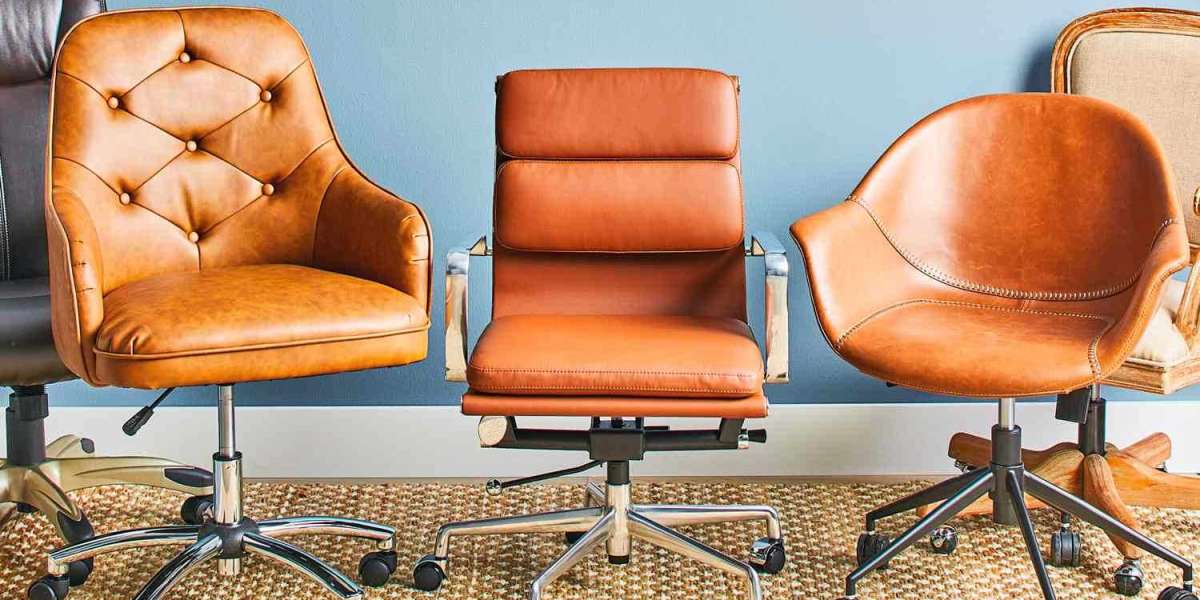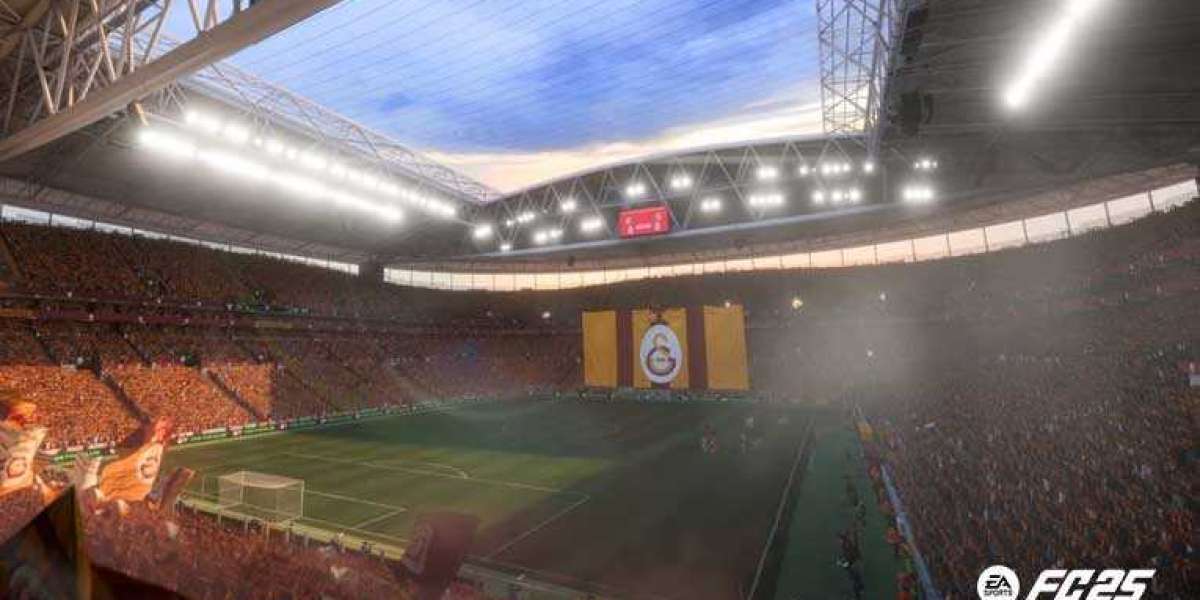Office furniture has undergone a significant transformation over the decades, mirroring changes in work culture, technology, and design trends. From the early days of heavy, ornate desks to today's sleek, ergonomic setups, the evolution of office furniture reflects shifting priorities in how we work, collaborate, and value comfort. This guide explores the key stages in the evolution of office furniture design, highlighting how function, aesthetics, and employee well-being have shaped the modern workspace.
1. Early 20th Century: The Birth of the Traditional Office
A. Heavy and Ornate Designs
- Description: Office furniture in the early 1900s was characterized by large, solid wood desks and chairs, often designed with intricate carvings and dark finishes.
- Functionality: These pieces were built to last, focusing on durability rather than comfort. Desks were massive to accommodate typewriters, paper files, and large ledgers. Office chairs were often stiff and stationary, reflecting a hierarchical office structure where employees stayed in one place for extended periods.
- Example: The roll-top desk, popular in the early 20th century, featured multiple compartments and drawers, reflecting a time when physical paperwork dominated office life.
B. Hierarchical Layouts
- Description: Office furniture was used to emphasize rank and status within a company. Senior executives had larger desks and private offices, while lower-level employees worked in tightly packed, less prestigious spaces.
- Impact on Office Design: The furniture reinforced a clear divide between management and staff, with little thought given to collaboration or employee comfort.
2. Mid-20th Century: The Rise of Open-Plan Offices
A. Modernism and Minimalism
- Description: As the modernist movement gained popularity in the mid-20th century, office furniture design became sleeker, more minimalist, and focused on functionality. Designers like Charles and Ray Eames introduced innovative materials, such as molded plywood and fiberglass, which allowed for lightweight, mass-produced furniture.
- Functionality: Desks and chairs were simplified, prioritizing clean lines and practical materials. The shift away from heavy wood furniture towards metal and plastic allowed for more flexible layouts and cost-effective solutions.
- Example: The Eames office chair, designed in 1958, remains a symbol of functional and ergonomic design, blending style with comfort.
B. The Open-Plan Office Concept
- Description: In the 1960s, the idea of open-plan offices emerged, driven by the desire to foster communication and collaboration. The office landscape was reimagined with rows of desks and cubicles, allowing more employees to work in a shared space.
- Impact on Office Design: While this shift encouraged interaction, it also led to the rise of cubicle farms, where employees worked in small, isolated spaces that often felt impersonal and stifling.
3. 1970s-1980s: The Age of the Cubicle
A. The Cubicle Revolution
- Description: Introduced by designer Robert Propst for Herman Miller in 1968, the "Action Office" aimed to provide employees with greater flexibility and privacy while still encouraging collaboration. The modular cubicle system became the dominant office layout in the 1970s and 1980s.
- Functionality: Cubicles allowed for the efficient use of space in growing corporate offices. They provided employees with some level of autonomy while maximizing the number of workers in a given area.
- Example: Cubicle systems featured interchangeable walls, shelves, and desks, allowing companies to customize their layouts as needed.
B. Downsides of Cubicle Culture
- Description: While cubicles initially aimed to offer a balance of privacy and openness, they often resulted in monotonous, gray office environments that lacked creativity. Employees frequently complained about isolation and the lack of natural light in cubicle setups.
- Impact on Office Design: The era of cubicles created a backlash that would later lead to a rethinking of office layouts and furniture design to improve employee well-being.
4. 1990s-2000s: The Ergonomic Revolution
A. Focus on Employee Comfort
- Description: By the 1990s, the negative health impacts of prolonged sitting and poor posture began to gain attention. This led to the development of ergonomic furniture designed to support the body and reduce strain.
- Functionality: Chairs with adjustable height, lumbar support, and flexible armrests became standard in many offices. Desks were also redesigned to accommodate computers, with built-in cable management and keyboard trays to promote better posture.
- Example: The Aeron Chair, introduced by Herman Miller in 1994, became iconic for its ergonomic design. Made with a mesh seat and backrest, it provided comfort and breathability while supporting the natural curves of the spine.
B. The Rise of Tech-Friendly Furniture
- Description: As computers became integral to the workplace, office furniture adapted to accommodate new technology. Desks were equipped with cable management systems, and computer stands became common.
- Impact on Office Design: The integration of technology into office furniture design helped streamline work processes and improve employee efficiency, setting the stage for the more technology-driven offices of the future.
5. 2010s: Collaborative and Flexible Workspaces
A. The Open-Plan Office Redux
- Description: In the 2010s, open-plan offices made a comeback, but with a new focus on flexibility and collaboration. The rigid cubicle layouts of the past were replaced with fluid spaces that encouraged movement and interaction.
- Functionality: Modular furniture, such as movable desks, chairs on wheels, and reconfigurable lounge seating, allowed employees to create their own workspaces based on their tasks. Shared spaces, like communal tables and breakout zones, promoted spontaneous collaboration.
- Example: Companies like Google and Facebook popularized the idea of creative, collaborative workspaces filled with playful and flexible furniture, such as bean bags, standing desks, and casual lounge areas.
B. Hot-Desking and Activity-Based Workspaces
- Description: As remote work and flexible hours became more common, many offices adopted hot-desking—where employees do not have assigned desks but instead work from any available space. This shift led to the development of activity-based workspaces, where different areas of the office are designed for specific tasks, such as quiet work, meetings, or brainstorming.
- Impact on Office Design: Hot-desking and activity-based workspaces required versatile, easily adjustable furniture that could be used by multiple employees throughout the day.
6. 2020s: The Post-Pandemic Office and Hybrid Workspaces
A. Adaptations for Health and Safety
- Description: The COVID-19 pandemic dramatically changed office design, with a heightened focus on health, safety, and flexibility. Social distancing and hygiene became critical, leading to innovations in office furniture.
- Functionality: Furniture designed for easy cleaning, such as antimicrobial surfaces and materials, became a priority. Flexible layouts, including movable partitions and reconfigurable seating, allowed offices to quickly adapt to changing health guidelines.
- Example: Standing desks with personal partitions, touchless technology, and air-purifying furniture became popular in post-pandemic office design.
B. The Rise of Hybrid Workspaces
- Description: With many employees splitting their time between home and the office, the hybrid workplace emerged as a new model. Office furniture had to cater to both remote and in-office workers, offering flexibility, connectivity, and comfort.
- Impact on Office Design: Hybrid offices feature multipurpose furniture that supports collaboration, remote meetings, and individual work. Desks with built-in technology, such as video conferencing tools and wireless charging, have become essential.
Conclusion
The evolution of office furniture design has been driven by changes in work culture, technological advancements, and an increasing focus on employee well-being. From the rigid, hierarchical offices of the early 20th century to today's flexible, hybrid workspaces, office furniture has continually adapted to meet the needs of modern workers. As we move forward, future innovations will likely focus on sustainability, wellness, and the seamless integration of technology, ensuring that office furniture remains a vital part of creating productive and engaging work environments.








